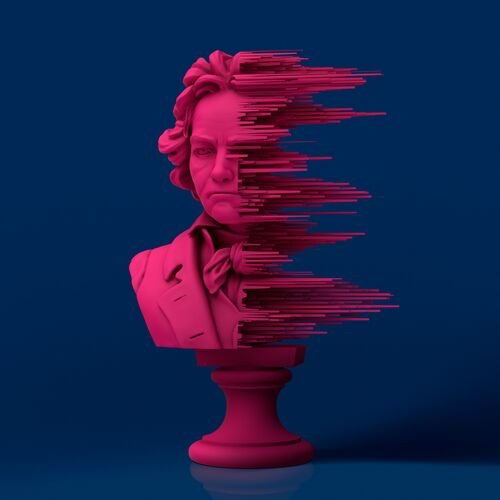
Borodin String Quartet No. 2—Part 1
Borodin’s String Quartet No. 2 begins with an Allegro moderato where the cello introduces a lyrical First Theme, quickly taken up by the first violin. This dialogue between instruments imbues the music with a personal touch, reflecting Borodin’s affection for his wife. The exposition progresses through distinct themes, including a darker secondary theme and a chromatic closing theme. The development explores these themes in varied keys, leading into a recapitulation that features a surprising colour change to E-flat major and a joyful climax. The movement concludes with a tranquil coda. The second movement, a Scherzo, sparkles with Mendelssohnian influence and features playful themes and a contrasting Trio section.


Fantastic finale
Beethoven’s finale to his first published quartet (Op. 18, No. 1) is a thrilling ride that is bursting with musical ideas, exciting contrapuntal passages, and surprises galore. It is a fitting finish to this glorious quartet that shows versatility, humour, surprise, and deep emotion.

Humour and Surprise
The Scherzo of Beethoven’s Op 18, No. 1 is a whirlwind of fast-moving surprises and musical humour. He subverts our expectations with off-beat accents and daring harmony. Learn about the details of this charming movement.

Con Brio: Beethoven’s Second Quartet
This F major quartet (Op. 18, No. 1) is probably the most famous and most beloved quartet of the series of six. It is the longest of the set; the first and last movement being longer than any corresponding movement in the opus. The slow movement has the most emotional range of any other slow movement in the series. And the scherzo is the fastest and most harmonically daring.
It’s an exciting work, so let’s look at some examples from the first movement, marked Allegro con brio (lively with vigour).

